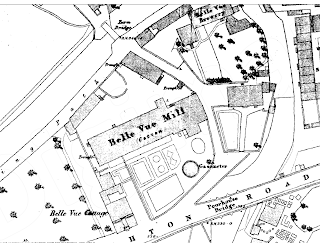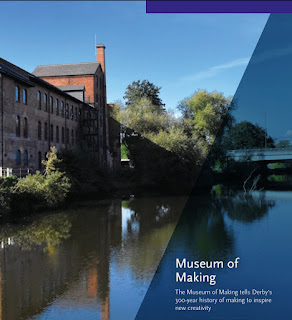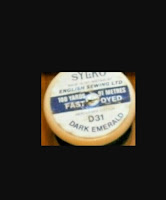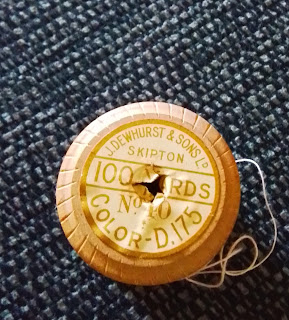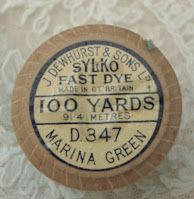A fire at a cotton mill. Whenever you read about the history of English cotton mills, you're going to be reading about a fire at some point. The mixture of cotton fibres, wooden floors, hot machinery and oil was a firestorm waiting to happen. When Dewhursts first built their mill in Skipton it burned down almost immediately. Luckily for those that were employed there, the mill was rebuilt and put back into operation as quickly as possible. But the company learned from it and measures were put in place to prevent another disaster. A report appeared in the Cotton Factory Times newspaper in February 1910. A fire had broken out at Dewhursts' Belle Vue Mill in Skipton on a Saturday evening. But this time, it wasn't a disaster. A watchman was on site, and he spotted the smoke and then the burning cotton. The report tells us: "He immediately summoned the fire brigade belonging to the mill, and by their efforts the flames were extinguished...the damage, which is entirely cov
